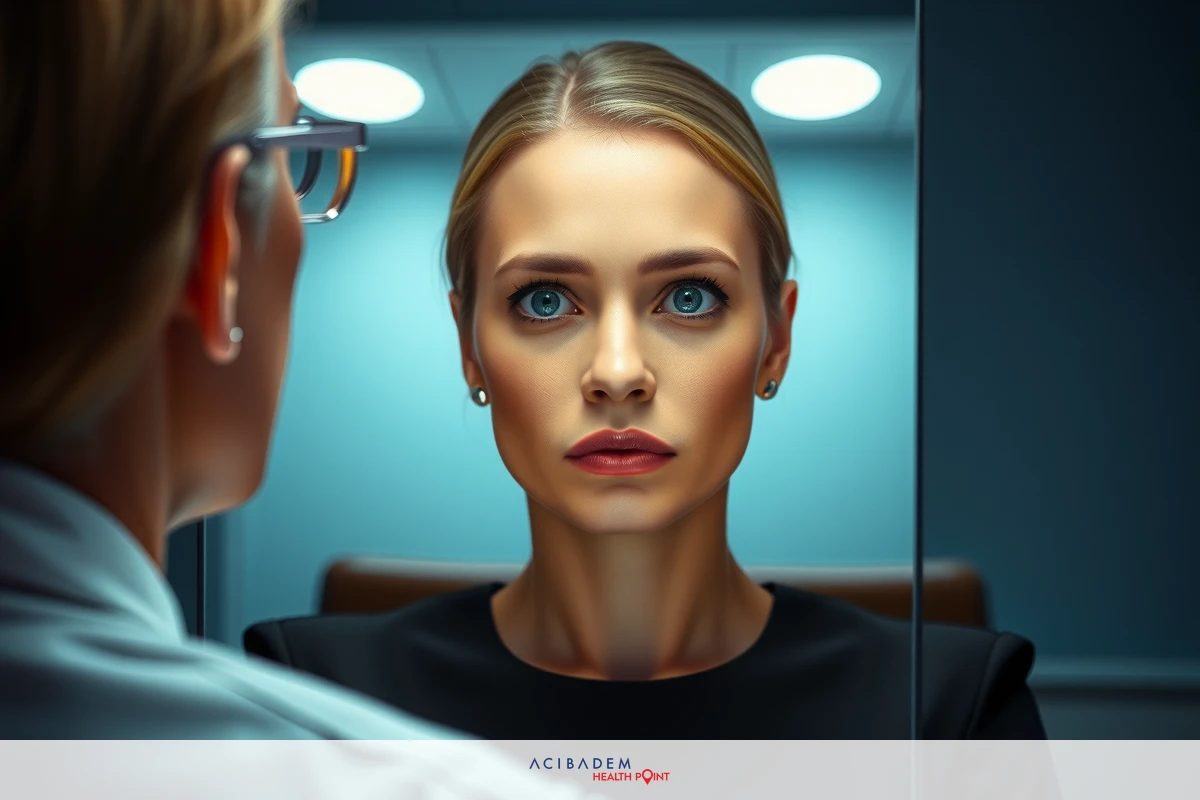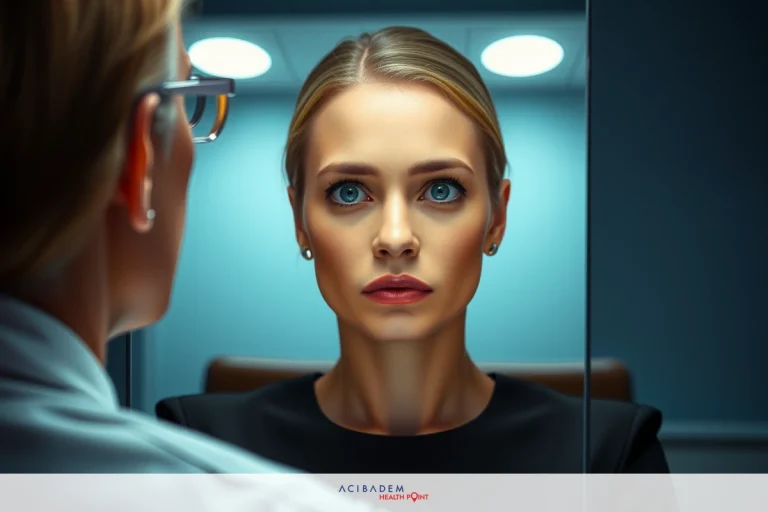Can Rhinoplasty Cause a Deviated Septum?
Can Rhinoplasty Cause a Deviated Septum? Rhinoplasty, often termed as ‘nose job,’ stands as one of the most popular cosmetic interventions globally. It’s primarily sought to alter the nose’s shape or improve its function — mainly if a person suffers from breathing troubles. While it’s true that rhinoplasty can rectify structural issues leading to impaired respiration, such as a deviated septum, there are speculations about whether this very procedure could instigate septal deviation.
Venturing further into this topic introduces us to numerous medical facts and complexities. A deviated septum refers to misalignment in the nasal cavity division, which may result in complications like nasal obstruction and difficulty breathing. Often born out of trauma or congenital disability, some wonder if surgical intervention for aesthetic alteration might induce such a condition.
The interrelation between rhinoplasty and deviated septum is intricate yet intriguing. Could an attempt at beautification lead to functional impairment? Or does it merely unmask an existing issue previously unnoticed? There lies an ocean of information beneath these queries demanding thorough investigation.
Rhinoplasty Made Clear
Rhinoplasty stands as a surgical procedure dedicated to altering the nose’s shape or improving its function. The term originates from Greek words, ‘rhinos,’ meaning nose, and ‘plassein,’ translating to shape. As an intricate form of nasal surgery, it requires precision and expertise on behalf of the performing surgeon. It isn’t merely a cosmetic procedure; rhinoplasty can also rectify certain structural issues that interfere with normal respiration.
The process typically involves making incisions inside the nostrils or at the base of the nose, allowing access to bones and cartilage that support it. Surgeons then reshape these structures according to desired outcomes — reduction in size, alteration in angle, or straightening for improved functionality. Given its invasive nature, rhinoplasty may lead to complications like bleeding or infection post-surgery but generally remains safe under expert hands.
It’s essential not to confuse septorhinoplasty with standard rhinoplasty — where surgeons aim solely for aesthetic improvement without any functional enhancement related directly to breathing improvement. This latter approach is commonly adopted when patients present with complaints around breathing difficulties due primarily (but not exclusively) due deviated septum – a condition we explore further in subsequent sections of this discussion.
Deviated Septum Explained
The nasal septum, a thin wall separating your right and left nostrils, should ideally sit centrally to allow equal passage of air through both sides. However, in some cases, it’s tilted or deviated to one side — a condition known as ‘deviated septum.’ It’s not uncommon; many people are born with this structural anomaly or acquire it due to an injury.
A deviated septum may range from being mild and virtually unnoticeable to severe enough causing significant breathing difficulties. The degree of deviation largely determines the impact on airflow. Not everyone exhibiting this anatomical irregularity experiences symptoms though; for some, it remains asymptomatic throughout life unless triggered by factors like age-related changes in nose structures or inflammation caused by allergies or infections.
When symptomatic, individuals with a deviated septum may experience frequent nosebleeds and nasal obstruction predominantly on one side leading to difficulty breathing. An exacerbated condition might also instigate facial pain and noisy breathing during sleep (snoring). While non-surgical interventions like

decongestants can provide temporary relief for minor issues, surgical intervention becomes necessary when complications persist despite conservative measures – which is where rhinoplasty steps into the picture.
Potential Connection
When discussing the potential connection between rhinoplasty and a deviated septum, we venture into a more complex landscape. Rhinoplasty, as previously outlined, is frequently performed to rectify problems like nasal obstruction caused by structural abnormalities such as a deviated septum. However, it’s worth considering if this surgical intervention could conversely lead to or exacerbate an existing deviation.
The primary objective of rhinoplasty is reshaping the nose – altering bones and cartilage supporting its structure. Any invasive procedure involving these elements carries inherent risks; in fact, any surgery that involves manipulating the nasal structures can potentially cause or worsen septal deviation. This scenario represents one of those paradoxical situations where a solution might inadvertently become part of the problem.
However, it’s vital to note that complications arising from properly executed rhinoplasty are relatively rare when performed by experienced surgeons specializing in this procedure — emphasizing once again how crucial choosing your surgeon becomes for ensuring both cosmetic satisfaction and maintenance (or enhancement) of functional abilities post-surgery.
Common Complications and Side Effects
Delving into the realm of rhinoplasty, one cannot ignore the potential complications and side effects that might accompany this surgical intervention. While it’s generally considered a safe procedure when executed by skilled surgeons, like all surgeries, it isn’t without its risks.
The immediate aftermath of rhinoplasty often witnesses common side effects such as:
Swelling: This is expected after any surgery. The intensity varies from person to person but usually subsides within a few weeks.
Bruising: Particularly around the eyes may occur due to manipulation of nasal structures during surgery.
Pain: You may experience discomfort post-surgery which can be managed with prescribed pain medication.
Bleeding: Minor bleeding or oozing in days following surgery is normal; however, excessive bleeding warrants medical attention.
In terms of potential complications associated with rhinoplasty:
Anesthesia reactions: Some individuals may react adversely to anesthesia used during the procedure causing nausea, vomiting or allergic response.
Infection: Though rare given prophylactic antibiotics are administered routinely post-surgery, there exists an inherent risk for infection following any invasive procedure.
Breathing difficulties: As ironic as it sounds considering many seek rhinoplasty for alleviating breathing issues initially, some people might develop new breathing problems post-surgery – particularly if they fall amongst those unfortunate few where surgery leads to septal deviation.
Although these risks sound daunting, remember they’re relatively uncommon occurrences provided you entrust your nose (and thusly your breath) in capable surgeon hands specializing in this complex yet fascinating field called Rhinoplasty!
Frequently Asked Questions
How can I determine if I have a deviated septum?
Symptoms such as frequent nosebleeds, facial pain, or breathing difficulties might indicate a deviated septum. However, definitive diagnosis requires an ENT specialist's evaluation through physical examination and possibly imaging studies.
Can rhinoplasty worsen my existing deviated septum?
While there is potential for any nasal surgery to cause or exacerbate a deviated septum, the risk is minimal when the procedure is performed by an experienced surgeon.
What are common side effects following rhinoplasty?
It's normal to experience some swelling, bruising, minor bleeding and discomfort after rhinoplasty. These usually resolve within weeks of surgery under proper post-operative care.
Are complications from rhinoplasty permanent?
Most complications following rhinoplasty are temporary and treatable. Long-term issues are rare but might occur in cases of poor surgical technique or inadequate postoperative care.











